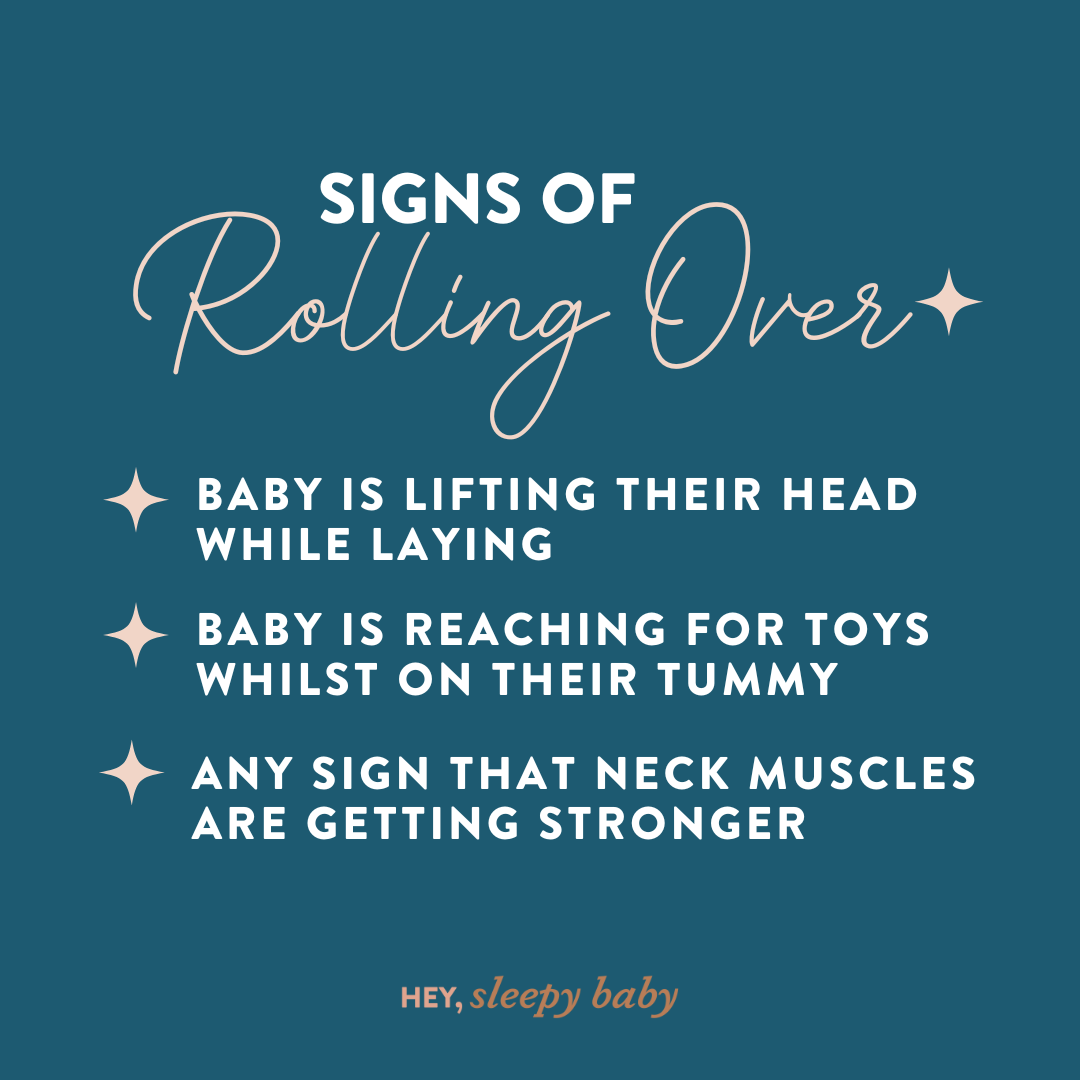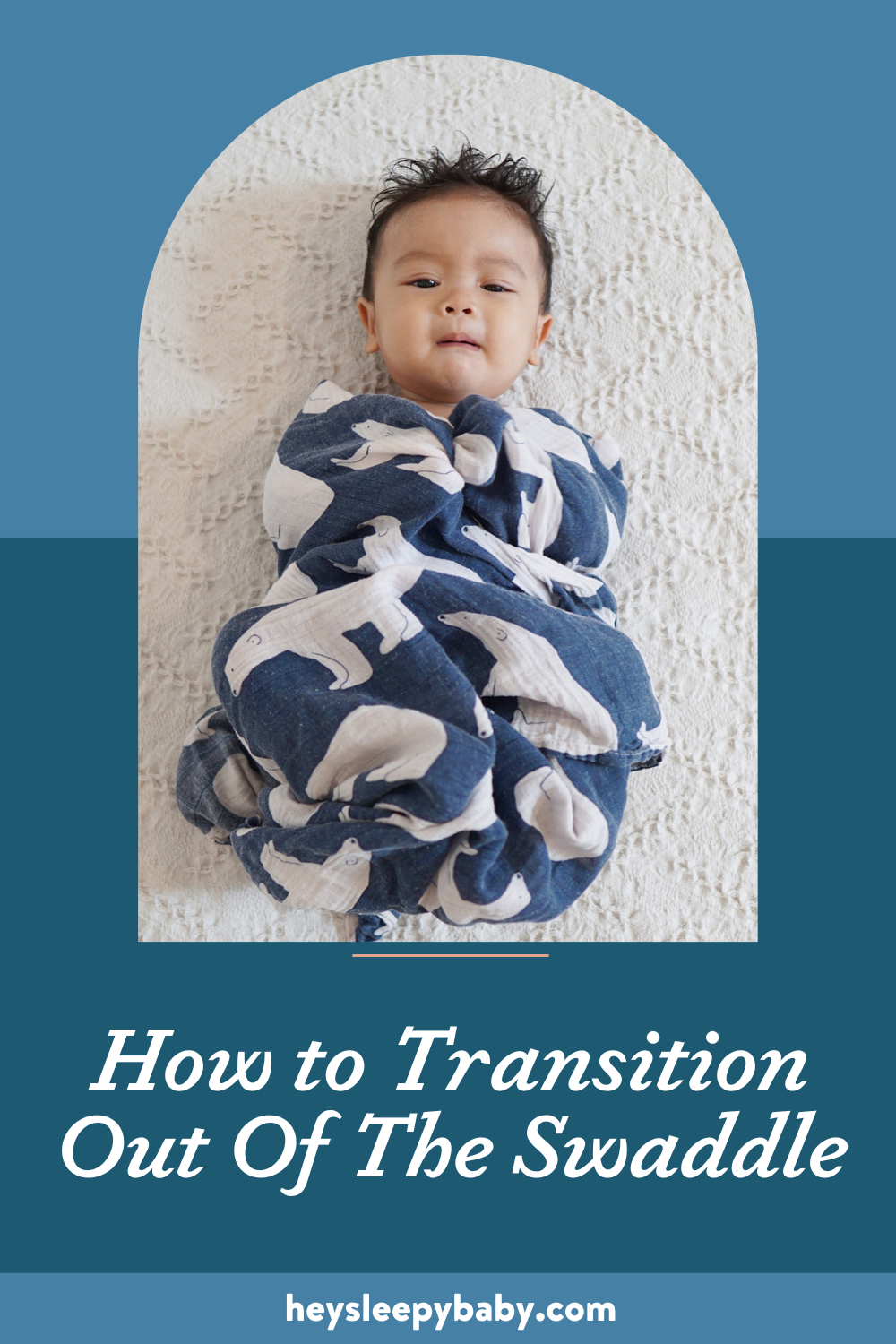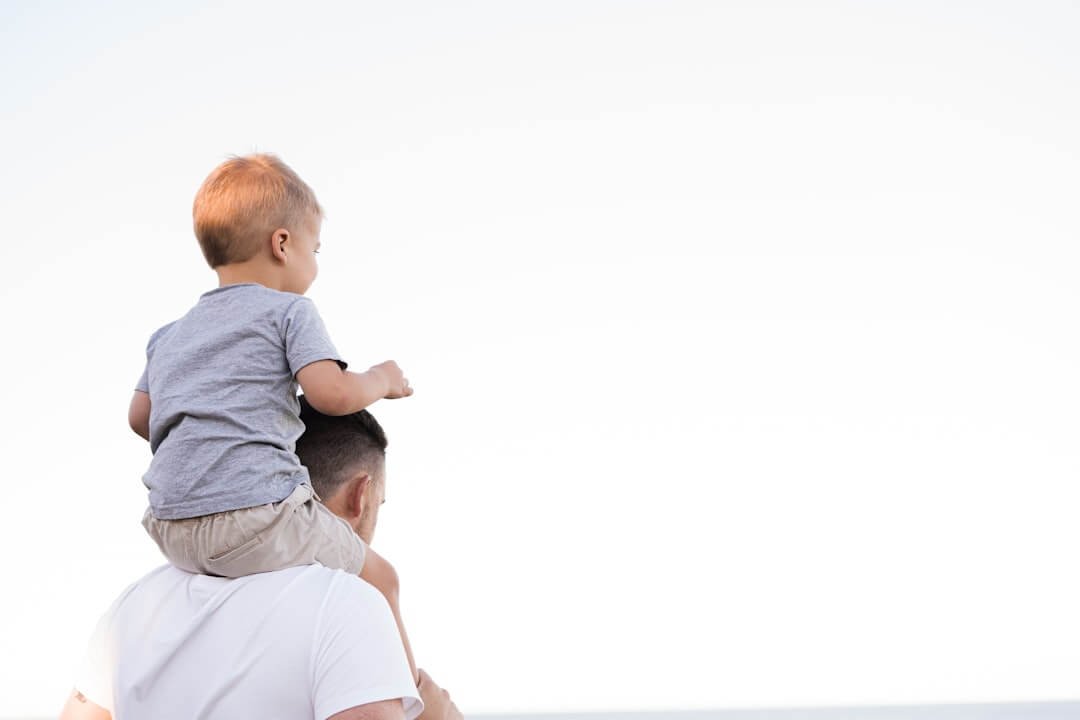The newborn world is full of should we/shouldn’t we questions and one that pops up frequently is the question of swaddles. In many parts of the world, swaddles are common practice. If you would like more information about the history of swaddling and the pros and cons it can be found here. As with lots of parenting trends they have fallen in and out of favor for various reasons.
I personally don’t LOVE swaddles like a lot of sleep experts do. The most common reason parents use a swaddle is to help with the Moro reflex. This is the startle reflex that in the early newborn days is very prominent and causes babies to startle awake. Many argue that swaddling can ease this wakeful reflex and allow babies to settle and sleep for longer. Others suggest it can add proprioceptive input similar to the pressure they would have felt on their joints in the womb.
As with anything some babies will like it and find it calming and others can feel frustrated by the restriction of movement! Hence why swaddling can be so polarizing. It can be great in the newborn phase to calm a fussy baby and help them to sleep, so many parents think they are magic. That is until it comes to the task of removing the swaddle which can be SO hard! Perhaps you’re unsure whether to use one. Or you are stuck with one and unsure how to transition out of it? Or you’re unsure when to transition out of the swaddle? Here are some top tips to ease this transition.
first stop: safety elements
If your baby is bed sharing for ANY part of the night they need to ditch the swaddle! The AAP guidance for swaddling highlights some of the risks that parents need to weigh up when choosing whether or not to swaddle. The first is that swaddling can lead to decreased arousal and decreased arousal has been linked to SIDS. The other is to ensure that you are swaddling the baby correctly because a swaddle that has been secured too tightly can lead to hip dysplasia. You can find their guidance for hip healthy swaddling here. They also advise you to stop swaddling as soon as your baby shows signs of rolling over. The signs of rolling are:
-
Baby is lifting their head while laying
-
Baby is reaching for toys whilst on their tummy
-
Any sign that neck muscles are getting stronger
For some babies, it can be as early as two months of age (or even sooner!) that they begin to work on the skill of rolling. Therefore, the AAP recommends stopping swaddling when baby starts showing signs of rolling, in one article saying as young as 2 months as it can increase the risk of SIDS if the baby rolls whilst swaddled. You can find the official AAP guidance for swaddling here.
Transition tips
Transitioning out of a swaddle as seen here, can lead to a period of regressed sleep as your baby may have become used to the feeling of the swaddle.
There are three main routes to transitioning out of the swaddle. These are cold turkey, one arm at a time, removing for some sleep.
1. cold turkey
This means simply remove the swaddle from your baby’s sleep routine. This is the quickest way of removing the swaddle but can be really rough for a few nights. You can try replacing the swaddle with a sleep sack and a slimmer sleep sack initially can be helpful so that they still have the feeling of their body being tightly wrapped but their arms free. Be prepared for this feeling strange for your newborn as they will have free movement of their arms.
2. one arm at a time
This method can be a gentler and slower transition. Depending on your baby’s temperament, a slower transition may be helpful. By transitioning one arm at a time you give their system time to get used to it. This can be achieved in different ways. You could purchase a swaddle that allows you to have arms up or out so that the transition can be achieved in steps.
If you are using the Love to Dream sleep sack you can transition initially to the arms up position and then one arm at a time – either over a few days or a week. Other swaddles such as the Embe allow you to have one arm out and the other still wrapped into the swaddle with the middle fastened snuggly so they still feel that sensory input from the swaddle. Once you have transitioned both arms out you can keep the middle done up for a few days before completing the transition into a sleep sack.
3. removing for some sleep
Another method that parents can use (that can help with the sleep regression transitioning out of the swaddle causes) is to remove the swaddle for some sleep. Removing the swaddle for nap times takes the pressure off learning to be without the swaddle for a while during night time sleep. It allows you to mentally prepare for a shorter sleep and your baby to get used to the feeling without it being overnight when frustration can be higher! Perhaps try it for the first nap of the day or the first stretch of night-time sleep. Over time reduce the sleep that the baby is wearing the swaddle for. This can be done over a week or two.
life after the swaddle
Once your baby has ditched the swaddle you might be wondering what to dress them in for bedtime and naps. My favorite is a wearable blanket or a sleep sack. These can be purchased in various togs to suit the season and temperature of your house. The past year or two has seen weighted sleep sacks gain popularity but the AAP has deemed these unsafe and recommends that they aren’t used. You can find some of my personal sleepsack favorites here.
Good luck!







